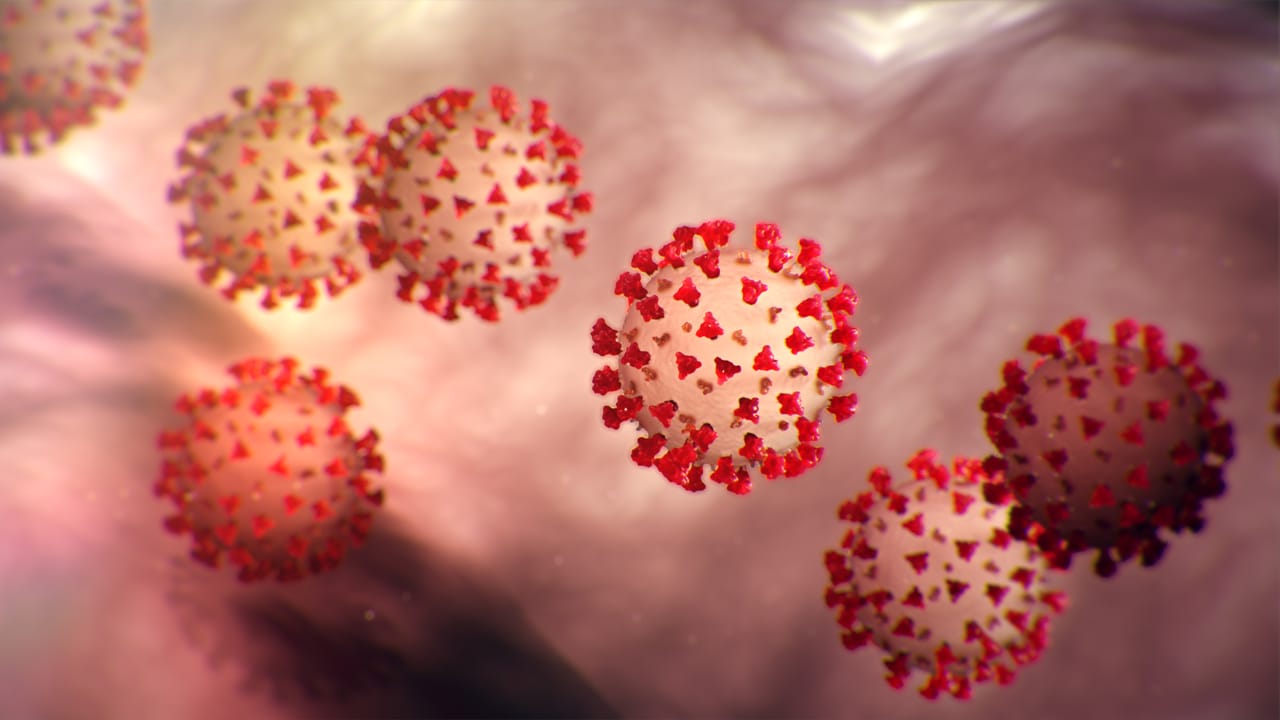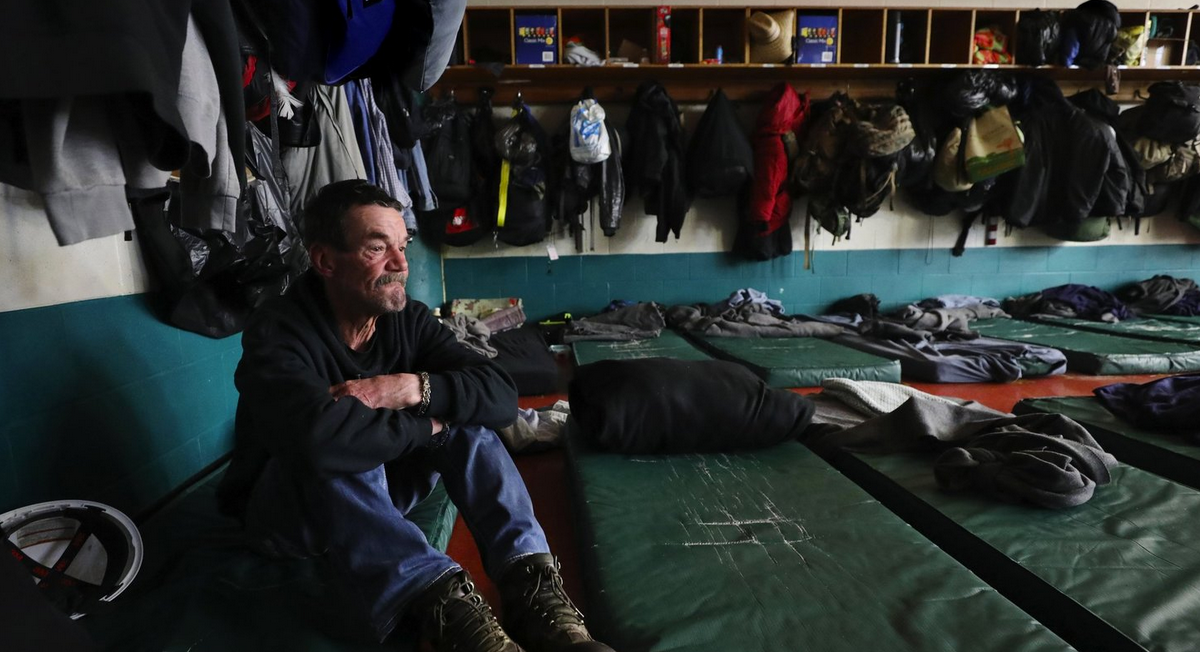Social Inequality and the Coronavirus

In my last post, I wrote about how urban centers need to protect their homeless population in order to prevent further spread of the coronavirus and to potentially save lives. However, social inequality in the United States is a lot more nuanced than just the richest of the richest stifling the poorest of the poor. There is a massive gray area, with varying degrees of social disadvantage, between the two extremes which is going to be the hardest hit by the current pandemic.
There are many layers to the harsh impact the coronavirus will have on more socially disadvantaged Americans. Firstly, health disparities across racial and income lines are very clear in the United States. Poorer people tend to have poorer health. They are more likely to develop chronic conditions such as heart disease, diabetes, and asthma. Recent research reveals that these medical conditions can render COVID-19 up to 10 times more deadly. This virus threatens to take out immunocompromised people in America, especially those with inadequate access to healthcare. Many low-income Americans cannot afford to get health insurance. Healthcare access is an even worse issue when one considers it may prevent people from getting tested and then treated for coronavirus. Lower socioeconomic status, unfortunately, correlates with higher spread of and mortality from Coronavirus.
Secondly, public housing developments and other urban residence sites for low income Americans are in dilapidated states. Often, these people cannot afford to pay their electricity, heating, or water bills. Though many companies have given their clients a break amid virus concerns, 2 million Americans still do not have access to running water or basic plumbing, making it hard to stay clean and healthy. Shortages of cleaning goods also present a difficulty. Even if stocked on shelves, prices come up due to increased demand. Poor Americans must decide between paying for their next meal and paying to clean their homes. For them, it’s a no-brainer. However, it also presents a real risk when considering how quickly and easily COVID-19 spreads.

Likewise, disadvantaged people do not usually have the luxury of distancing themselves socially. These people work in food service, grocery stores, factories, and other essential jobs which require them to still come in and still work their normal hours, further exposing them to the virus. Often, they have no choice. These people live paycheck to paycheck and any missed workday could easily cost them their dinner for that day. They will continue to work when sick and infect more people as well. Employers are hesitant to give days off, and if they do, they do not give their employees paid leave. On the other hand, if low SES Americans’ workplace did shut down due to it being labelled as nonessential, it is likely that they will suffer economically for months to come. The inability to work from home and the inability of small businesses to pay compensation compounds the negative effects of the pandemic.
Overall, socially disadvantaged Americans have a higher risk of getting the virus, spreading the virus, and dying from the virus. This threatens all of us. Yet, there isn’t adequate concern for this subset of the population.
The government’s recently revealed plan to put 1000 dollars in most adult Americans’ pockets is a feeble attempt at blunting the significant effects of COVID-19 on the U.S. population. While an honest and necessary piece of legislation, this new stimulus package is a band-aid for a decades-old laceration that will continue to worsen if the root of the issue is not addressed. This pandemic has revealed the government’s shortfalls in eradicating necesary disease prevention programs which might have preemptively lessened the impact of the virus. It also exposed its favoritism for more affluent Americans. It has exposed the gaps in healthcare, housing, food availability, employment, and income. Ultimately, the Coronavirus will only deepen the already-existing but often overlooked gap between the haves and have-nots and 1000 dollars is not going to be sufficient in closing it.